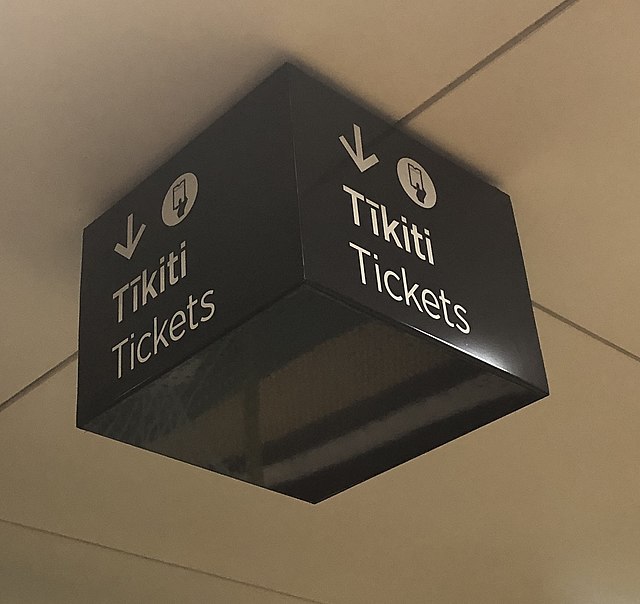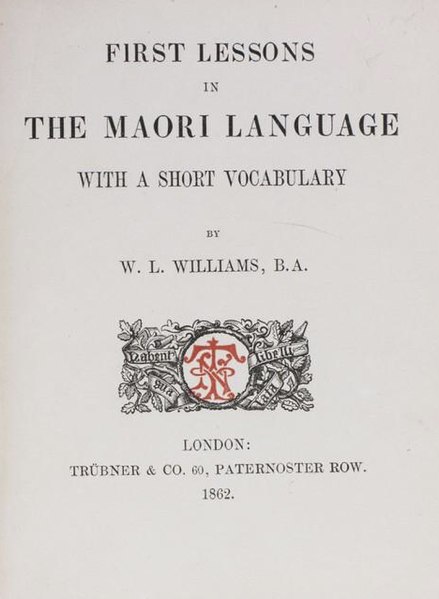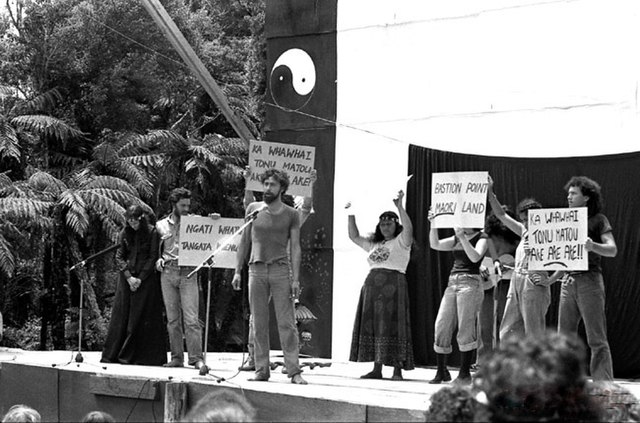Kura kaupapa Māori are Māori-language immersion schools in New Zealand, where the philosophy and practice reflect Māori cultural values with the aim of revitalising Māori language, knowledge and culture. Kura kaupapa Māori are established under the Education Act (1989). The term kaupapa Māori is used by Māori to mean any particular plan of action created by Māori to express Māori aspirations, values and principles.
Te Kura Kaupapa Māori o Nga Mokopuna
Te Kura Kaupapa Māori o Te Rito, Ōtaki. A composite school.
Māori, or te reo Māori, commonly shortened to te reo, is an Eastern Polynesian language and the language of the Māori people, the indigenous population of mainland New Zealand. A member of the Austronesian language family, it is related to Cook Islands Māori, Tuamotuan, and Tahitian. The Maori Language Act 1987 gave the language recognition as one of New Zealand's official languages. There are regional dialects.
Prior to contact with Europeans, Māori lacked a written language or script. Written Māori now uses the Latin script, which was adopted and the spelling standardised by Northern Māori in collaboration with English Protestant clergy in the 19th century.
Bilingual sign at railway station in Auckland, New Zealand
"First Lessons in the Maori Language", 1862, by W. L. Williams, third Bishop of Waiapu
He Taonga Te Reo – a celebration of Maori Language poster, Wellington Public Library (1995)
Bastion Point land rights activists with Māori-language signs






